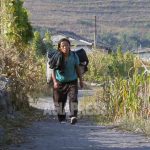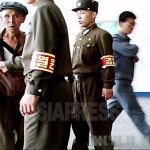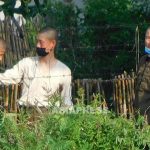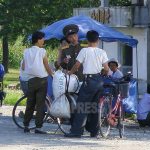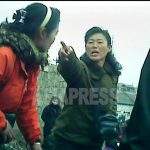■ The structure of “state smuggling”
Small-scale smuggling by civilians along the Yalu River has continued over recent years. After international sanctions were strengthened in 2017, however, state agencies came to dominate the world of smuggling. Known in North Korea as “state smuggling,” government agencies control smuggling, placing trading companies in charge of day-to-day operations.
The structure of state smuggling can be explained thusly. In the past, powerful organizations such as the military and the Party conducted their own economic activities. The Kim Jong-un regime, however, wanted to put control of such activities under the authority of the Cabinet. The regime therefore strengthened “Room 39,” an organization under the Workers’ Party that would work solely to raise funds for the regime, overseeing trade companies smuggling with China. Management and oversight of operations would be conducted by administrative agencies in partnership with each province’s trading bureau.
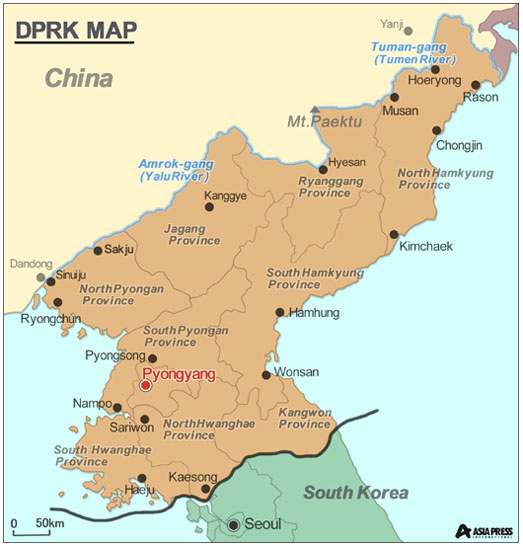
With trade faltering due to sanctions, North Korean trading companies turned to smuggling. Labelled “state smuggling,” operations were undertaken with the approval of the regional trading bureaus. Chinese counterparts in smuggling operations, however, were not state agencies but private companies.
A reporting partner investigating the rise of “state smuggling” in Ryanggang Province said, “In order to ensure that there are no irregularities during the smuggling operations, customs officials, secret police, and border guards are all present. The customs officers check the quantities of the smuggled goods- they refer to it as ‘mobile customs.’ The security officers are there to make sure that drugs, South-Korean made products, and foreign dramas are not being smuggled in along with other goods.” The reporting partner concluded that state agencies have cut local residents out of the profits from smuggling.
Next page :South Korean broadcaster, KBS, films smuggling...
